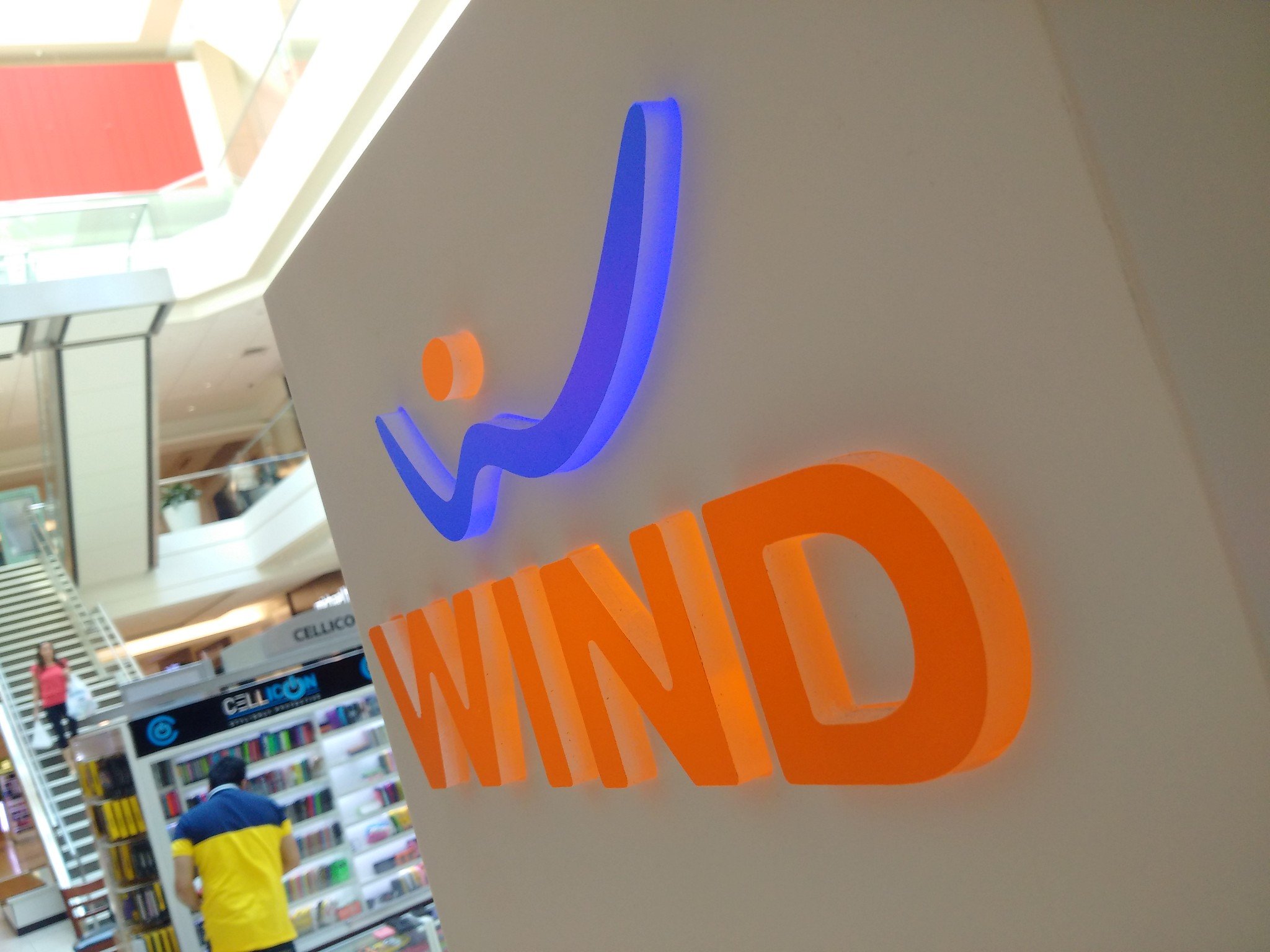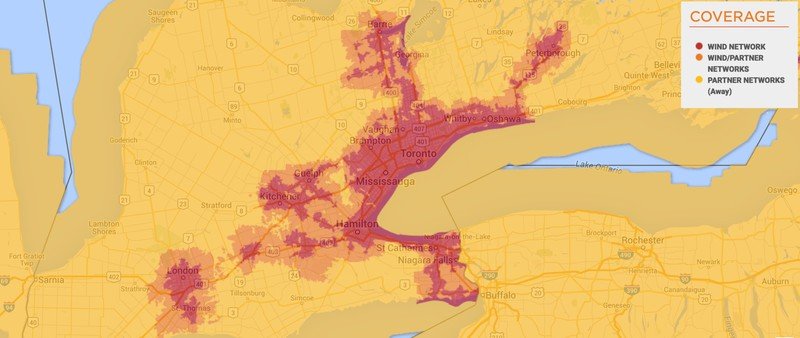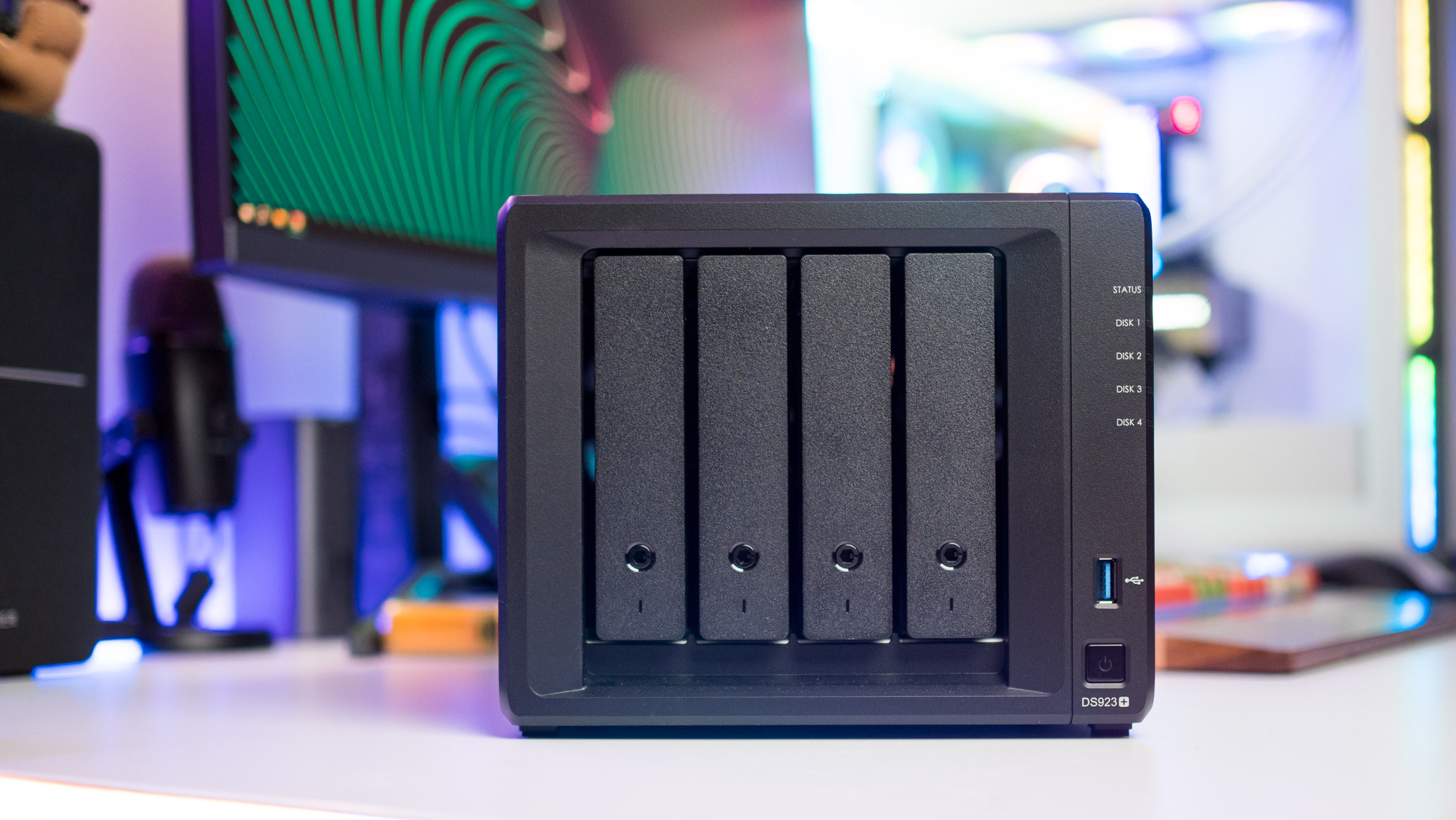Is Wind Mobile worth it?

Where I live, there are two choices for mobile service: fast but expensive; and slow, but far less expensive. The former category dominated by three companies, Rogers, Bell, and Telus, along with its myriad flanker brands like Fido, Virgin Mobile, and Koodo. The latter is comprised by a single provider — Wind Mobile — on which many Canadians increasingly rest their hopes for a low-cost alternative to the Big Three.
The city is Toronto, and like many large cities across the world it contends with a density problem. Wireless carriers have to deploy thousands of antennas on rooftops and sides of buildings on wireless spectrum that is increasingly expensive and difficult to obtain. The Big Three control some 90 percent of the wireless market share in Canada, but there is a clear understanding between the companies that competition does not extend to downward pressure on price.
That leaves Wind Mobile, a potential bright spot in the Canadian mobile sector, as the last hope for low(er) prices in the five regions it operates. But it also begs a big question, and one that I am asked more often that perhaps any other in this job: Is Wind Mobile worth it?
What is Wind Mobile?
Without getting too caught in the weeds, we need to go back a few years — back to when the Canadian government decided that it wanted to pursue a strategy of allowing smaller wireless carriers, dubbed "new entrants," to compete in the mobile space.
It did so by setting aside a small amount of wireless spectrum in the 2008 AWS auction for these new entrants to bid on. Wind Mobile was one of the successful bidders, alongside Mobilicity, Public Mobile, Eastlink and Videotron. While the latter two remained set on regional dominance, and are still around today as a result, Wind, Mobilicity and Public all set their sights on pseudo-national wireless coverage, offering service in big cities like Toronto, Ottawa, Vancouver, Edmonton and Calgary.
Wind's network is built on previous-generation 3G technology, so it's slower than the LTE networks offered by Canada's Big Three.
In the ensuing years, it was Wind Mobile — through its consistent message of unlimited data, generous subsidies through its WindTab program, and a great relationship with all of the Android OEMs, especially Samsung — that generated the most goodwill among consumers. It was also the most steadfast about staying independent, working with external partners (and affecting change in Canada's antiquated corporate foreign ownership rules in the process) to raise money and stay solvent.
As Public Mobile was scooped up in 2013 by Telus, and Mobilicity in mid-2015 by Rogers, Wind Mobile seemed to be the last remaining independent holdout — until a surprise announcement in December of last year when we learned Wind would be purchased by Shaw Communications for $1.6 billion CAD. Now that the deal is closed, Wind Mobile, though still run independently by new CEO Alek Krstajic, is ostensibly the wireless arm of Calgary-based Shaw Communications, destined to be included in bundles alongside home internet and cable television indefinitely.
Be an expert in 5 minutes
Get the latest news from Android Central, your trusted companion in the world of Android
Where does Wind Mobile operate?

Wind Mobile operates in three provinces:
Ontario
- Ottawa
- Toronto
- Mississauga
- Kitchener/Waterloo
- Niagara
- Hamilton
- Barrie
- Peterborough
- Whitby / Oshawa
- Guelph
- London
- Windsor
Alberta
- Edmonton
- Calgary
British Columbia
- Vancouver
- Surrey
- Burnaby
- Richmond
- Coquitlam
- Abbotsford
Outside those so-called "Home" zones, Wind users have access to partner networks, where they can make calls, send texts, and use 3G data at per-MB costs. Some plans include Away zone bundles, but they will always be billed separately to Home zone usage.
These Away zones comprise the remaining parts of Canada not covered by Wind's own network, so you won't have to worry about lack of coverage while traveling — just how costly that coverage will be.
How does Wind's network compare to the Big Three?
Wind Mobile's network is 3G-only, based on the HSPA+ standard. It operates on a single frequency, Band 4 (AWS-1), which is optimized for bandwidth over coverage.
In plain speak, here's what it means: Wind's network is built on previous-generation 3G technology, so it doesn't have the spectral efficiency and high potential speed of LTE. While the Big Three's networks increasingly offer download speeds approaching 150Mbps, Wind Mobile's network tops out at a theoretical 42.2Mbps, and is often significantly slower than that.
Moreover, Wind only operates on a single frequency, AWS-1, which is not optimized for coverage. What this means is that signals sent to phones on the Wind network occasionally have trouble penetrating through thick walls, or reaching basements. The company has been doing a lot of work to fill coverage gaps, and things have improved significantly in the past couple of years, but dead spots are still an issue in many parts of the GTA.
Future upgrades
There is good news on the horizon, though: Wind is systematically replacing all of its old network hardware with newer, faster equipment provided by Nokia. Upgrades have already been completed in Vancouver and Calgary, and are moving eastward. These improvements have positively affected coverage, reliability and speed.
Towards LTE
Toward the end of 2016, Wind Mobile plans to launch an LTE network based on AWS-3 spectrum it acquired in one of the government's most recent auctions. Combined with some of the AWS-1 spectrum Wind plans to repurpose for LTE, the company should be in a good place to compete with Rogers, Bell, and Telus in its home markets. However, because the AWS-3 standard is still relatively new, there are no supported devices yet; Wind will have to wait until at least the beginning of 2017 for new products to launch with support for Band 66, which unifies AWS-1 and AWS-3 under a single standard.
How do Wind's prices compare to the Big Three?
This is where things get compelling. Wind Mobile typically charges significantly less for data access than the Big Three.
Rogers, for example, charges $125 per month for unlimited nationwide calling, texting and 9GB of sharable data, as long as you bring your own phone — it's $135 if you buy one on a contract through Rogers.
Wind Mobile offers its so-called Everywhere Plan, which includes 10GB of Home zone data and 1GB of Away zone data (which includes U.S. roaming), along with unlimited Canada- and U.S.-wide calling and texting, for $60 per month.
Wind Mobile typically charges significantly less for data access than the Big Three.
On a sheer price-per-gigabyte scale, nothing touches Wind Mobile in Ontario, Alberta and British Columbia. In regions like Manitoba and Saskatchewan that have regional incumbents, the Big Three charge significantly less than they do elsewhere, but in the provinces Wind operates, the Big Three don't consider it a big enough threat to warrant lowering their prices.
Should you go with Wind Mobile?
Wind Mobile is a very different beast than the Big Three — or even its flanker brands, such as Fido, Koodo and Virgin Mobile. It doesn't offer LTE, nor are its 3G speeds as fast as Rogers, Telus, or Bell.
What it does offer is decent coverage in certain cities with occasional but frustrating pockets of poor service. Its prices are also significantly cheaper, especially for data, which is an increasingly desirable commodity.
But while you're spending less, you're also getting less for that money — the Big Three have nationwide, ultra-fast LTE networks that are consistently fast throughout the country. Depending on your travel and coverage needs, that may be a deal breaker.
The best candidates for people to move to Wind Mobile are:
- People who tend to stay within their Home zones most of the time
- People who don't require ultra-fast LTE download speeds
- People who tend to do a lot of mobile video streaming (at lower quality)
- People who want to use cellular data to upload a lot of photos and videos in the background
If your usage pattern fits within those margins, you should be fine with Wind Mobile.
What are your experiences with Wind Mobile? Let us know in the comments below!
Daniel Bader was a former Android Central Editor-in-Chief and Executive Editor for iMore and Windows Central.

